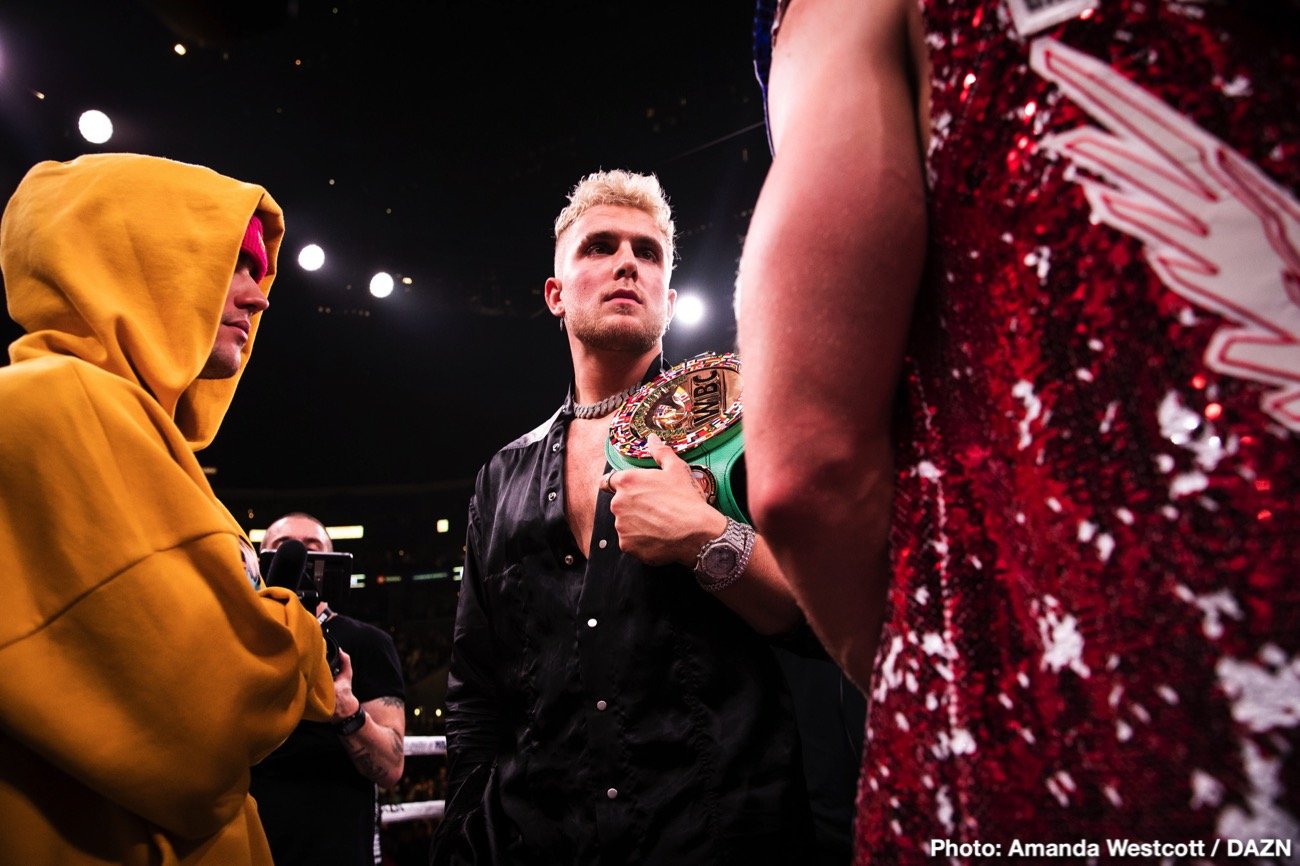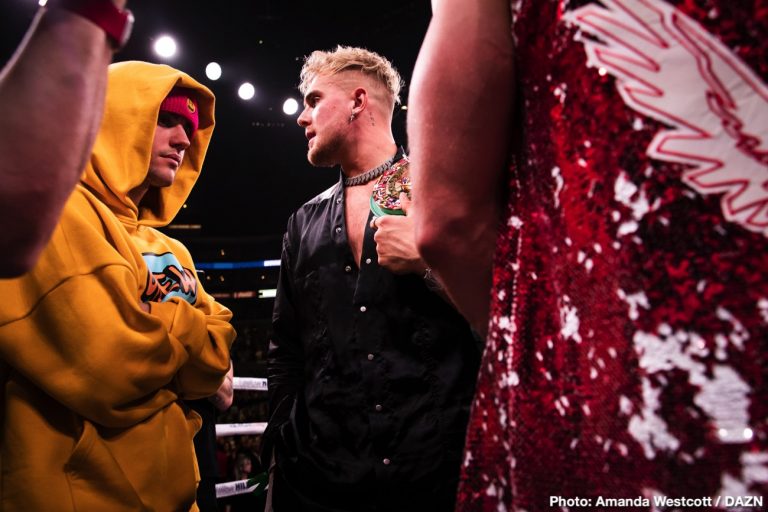By John Tsoi: The recent fight between YouTube sensation Jake Paul and former NBA player Nate Robinson has once again stirred up the discussion of YouTube boxers’ place in the world of professional boxing. While some question their legitimacy to compete as professionals in such a serious and dangerous sport, others embrace their arrival in that they could garner more attention to the sport of boxing.
The emergence of YouTube boxers is definitely something worth discussing, especially since it has the potential to rekindle the interest of the general public in boxing, just like in the old times. This is akin to a new product (i.e., fights involving YouTube boxers) being introduced to consumers (i.e., spectators watching in person or through live broadcasts). What makes this “product” so unique is that it taps into markets that normal fights between professional boxers cannot reach. For instance, apart from boxing fans who regularly watch fights, Jake Paul was also able to draw the views of his social media followers, while Nate Robinson attracted the viewership of the NBA community. The extra fans that these non-conventional boxers bring are substantial, which directly translates into profits. The first fight between Logan Paul and KSI generated more than one million pay-per-view buys worldwide, a feat that many boxing championship fights failed to achieve. Given such a gold mine, it is no surprise that promoters are more than willing to incorporate YouTube boxers in fight cards or even let them headline events.

On the other hand, excluding the YouTube boxers, professional boxing is currently not where it wants to be. With boxing promoters looking to maximize profits for themselves and their boxers, offering the fights that people want to see may not always be the financially correct choice. Suppose there is a boxer with potential or is highly touted or hyped by the media. Promoters are very unlikely to arrange a tough championship match immediately, even though the returns from such an event are tantalizing. Instead, they often go against what the fans ultimately want and arrange a series of fights to help or continue building the hype. After a certain amount of years, they then finally arrange the so-called mega-fight that everyone wants. Although fans will complain that it is too late, they will still buy the event, and the revenue that follows will still be huge. In aggregate, the profit over the long run is significantly larger than if they immediately give fans what they want. Promotional companies will not be willing to randomly put their own boxers, or rather, their “investments,” at-risk unless it is the right time. Unlike the Ultimate Fighting Championship (UFC) that can easily book matches between top MMA fighters, the plethora of boxing promoters and sanctioning bodies do not make it easy to rectify the situation.

How is it fair that a professional boxer who dedicated years of blood, sweat, and tears ended up being on the undercard of an event headlined by a novice YouTube boxer who is set to earn a much bigger purse? This question has floated over many of our heads. It is natural and understandable for professional boxers to feel somewhat insulted by YouTube boxers’ success in terms of revenue, viewership, and attention. However, I believe that professional boxers should put hard feelings aside and grasp the opportunities that YouTube boxers present.
For established boxing champions with wide fan bases such as Canelo Alvarez, their ability to generate revenue is not to be questioned. Yet, for the lesser-known boxers or those who struggle to gain exposure, they should pursue opportunities to fight in events that involve YouTube boxers. The platform to perform in front of casual fans that the YouTubers bring in – something one doesn’t get in normal fights – is imperative to professional boxers who want to make it big. If they can impress these casual fans, they will draw bigger crowds for their future fights, and subsequently, bigger purses and better reputations. Boxing promoters are more than happy to make such arrangements because this is beneficial to fighters signed under their banners.
It would seem that the biggest hurdle to overcome would be the ego of professional fighters, which would lead to disputes in contract negotiations on items such as purses, pay-per-view profit share, and the possibility of not being the main event. As an up-and-coming boxer, the “take a back seat” mentality is of paramount importance. To sacrifice the pride temporarily for the betterment of boxing career is a wise decision to make, particularly when we are not sure how long this craze for YouTubers boxing will last.

Personally, I predict that the market for YouTube boxers at the professional stage will be short-lived. As of now, people feel interested because this is a relatively fresh concept. In spite of this, sooner or later, fans will realize the defect in this “product,” which is the level of boxing that these YouTube boxers perform at. Such sloppy boxing or knockouts due to mismatches will gradually sap the fans’ interest, so it is not sustainable for the long term. Spectators want their money’s worth to witness exhilarating fights and wars between experienced professionals. They will still prefer fights like Corrales-Castillo, Pacquiao-Marquez, and Hagler-Hearns. Or, simply put, fights with substance.
The dawn of YouTube boxers is exactly the spark that professional boxing needs to retrieve some of the lost interest among fans over the years. Professional boxers must treasure this fleeting opportunity to gain extra exposure thanks to these non-conventional boxers. While YouTube boxers usher in a new wave of short-term popularity in boxing, the long-term growth of the sport still rests on the shoulders of fighters and promoters to arrange the best fights possible without delay.
